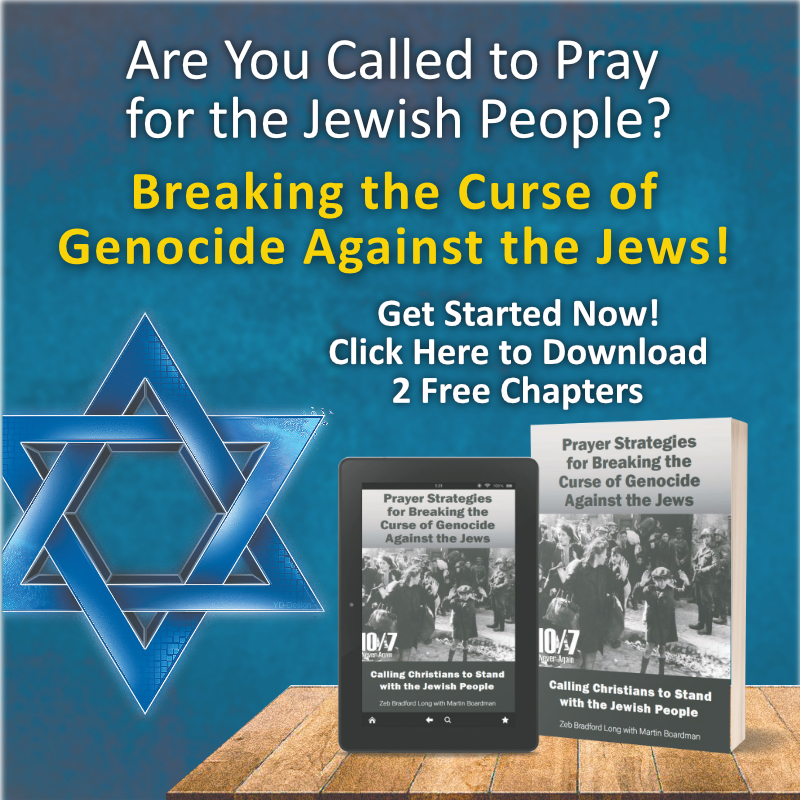Of Race and Reconciliation
Yet another theory to the AG’s origins is that the denomination began because of racism. This is a touchy issue not only because of the general stain of racism in American history, but also because of the deep historic ties between the AG and the predominantly black COGIC, founded seven years prior to the AG’s formation. Bishop Mason ordained at least one AG founder, Howard Goss, and the COGIC founder and AG founders knew and respected each other. In fact, Mason spoke at the inaugural General Council, brought his black gospel choir from Lexington, Mississippi, and blessed the newly formed AG.
As with the Azusa Street revival, whites and blacks came together in the early days of the movement before structure had developed. When organizations emerged, however, they did so along cultural lines—under the Jim Crow laws—and the interracial fellowship of the early years dissipated.
When the civil rights movement gained traction in the 1950s and 1960s, with a few exceptions AG leaders—like most other white Pentecostals—sat it out. Once again, this was in contrast to early precedents of the movement. In 1915 the AG ordained its first black minister, Ellsworth S. Thomas of Binghamton, New York. And the Assemblies ordained a number of black men and women until 1939, when it instituted a rule against ordaining blacks. They could still be licensed at the district level, but not ordained at the national level. This racist rule was overturned in 1962, when Bob Harrison, a well-known African-American evangelist and associate of Billy Graham, was ordained.
In recent decades, Assemblies leaders have worked to bridge the racial divide. In 1989, the denomination’s General Council adopted a resolution repenting of “the sin of racism in any form.” The Assemblies changed its governance structure in 1997 to include representatives of ethnic fellowships on its General and Executive Presbyteries. And in 2007, Zollie Smith Jr., an African-American with COGIC roots, became the AG’s executive director of U.S. missions.
Under Wood’s leadership, the Assemblies has reached out to and dialogued more with COGIC—a rarity since the two denominations’ early days. And in 2012, the widow of longtime COGIC presiding bishop J.O. Patterson Sr. deposited his personal papers in the Assemblies of God archives, not only to preserve them for posterity but also as a sign of reconciliation.
Indeed, racial reconciliation has been a storyline for the AG since the beginning. Azusa Street unified races in unprecedented fashion, as did the inaugural General Council gathering in Hot Springs. Yet by 1917, racism raised its ugly head within the fledgling denomination when AG leaders refused to appoint pastor Alexander Howard as a missionary to Liberia because, oddly enough, he was black. That single decision spawned yet another split among Pentecostal groups, as a few years later Howard helped to form the United Pentecostal Council of the Assemblies of God (UPCAG), which operated for decades under the radar screen of AG leadership in the headquarters city of Springfield, Missouri.
It wasn’t until 2010, when UPCAG presiding elder Thomas A. Barclay reached out to Wood, that the process of reconciliation for these two entities began.
“We have now been on a four-year journey with the United Pentecostal Council of the Assemblies of God, which was birthed in 1919 because of racism in the Assemblies of God,” Wood says, calling the move to unite the two bodies “a vital forward step.”






